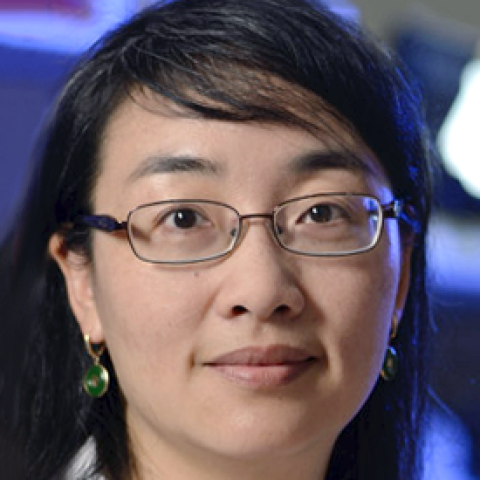
Modeling human brain development and disorders using hiPSCs
Stanford Bio-X Frontiers in Interdisciplinary Biosciences Seminar
GUO-LI MING, UNIVERSITY OF PENNSYLVANIA SCHOOL OF MEDICINE
Three dimensional (3D) cerebral organoid cultures from human iPSCs have been recently developed to recapitulate the cytoarchitecture of the developing brain. This system offers unique advantages in understanding molecular and cellular mechanisms governing embryonic neural development and in modeling congenital neurodevelopmental disorders, such as microcephaly. We have improved the organoid technology and developed a protocol to produce forebrain-specific organoids derived from human iPSCs using a novel miniaturized spinning bioreactor that recapitulate the human embryonic cortical development. I will discuss our recent work in using the brain organoids to model and dissect the molecular mechanisms underlying the ZIKV pathogenesis and microcephaly.
November 30th, 2017 at 12:00 PM in Clark Center Seminar Room S360
Hosted by:
Sergiu Pasca, Assistant Professor of Psychiatry & Behavioral Sciences, Stanford University
Pre-Seminar November 28th, 2017 at 12:15 PM in Clark S361
